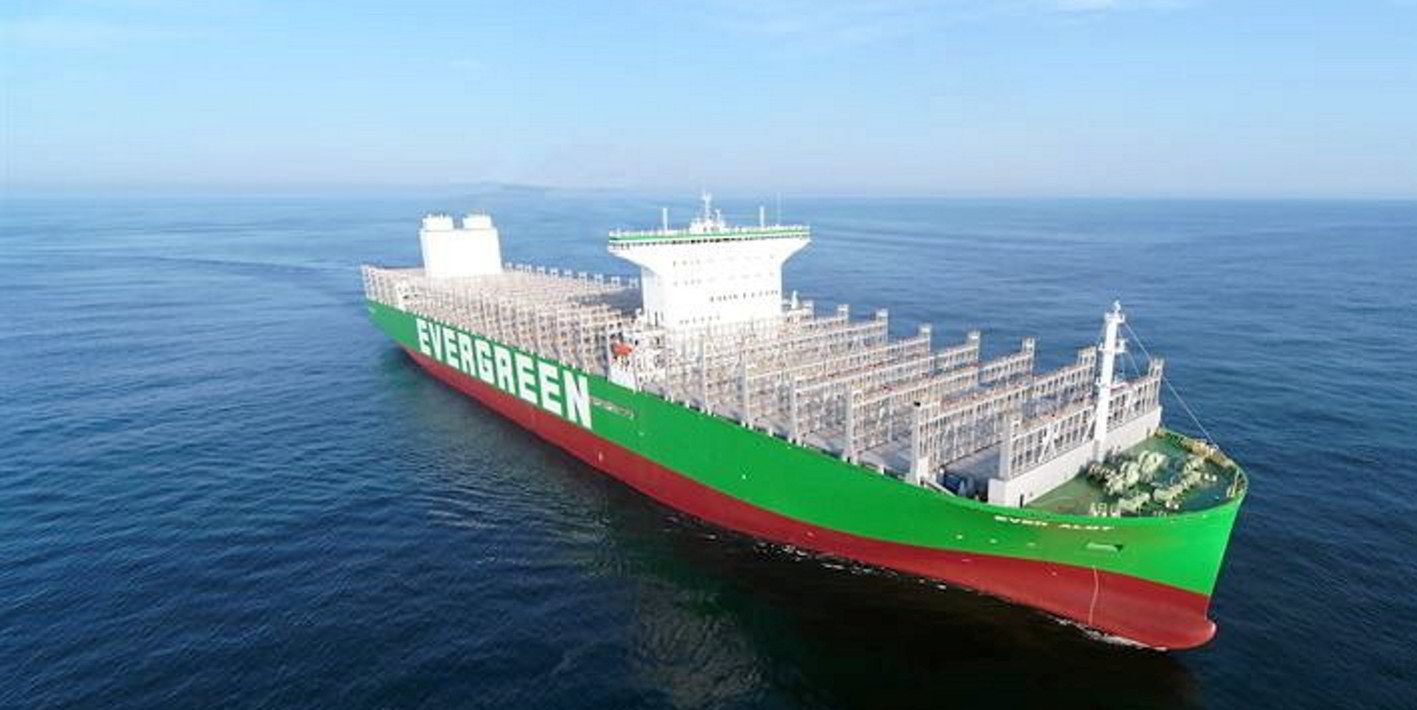Going green can be made competitive if boxship owners take measures to optimise their fleet, says the container head of class society ABS.
Christoph Rasewsky estimates the price for liners seeking to decarbonise might today be at least 50% more than using existing fuels.
He points to a series of tricks which would bring the cost of using green methanol back down to competitive levels.
The cumulative effect would be competitive slot costs for liner operators seeking to offer carbon-neutral transport.
Speaking to journalists in London on Thursday, Rasewsky put forward estimates of slot costs for a 15,000-teu vessel making a round voyage on the Asia-Europe trade.
The average slot costs might be about $1,100 per teu if using existing fuels, be they LNG, heavy fuel oil, or compliant fuels.
Using green methanol would increase the slot cost to between $1,400 and $2,000 per teu, up by an average of 54%.
But the cost gap between existing fuels and green methanol can be drastically narrowed if liners deploy a mix of operational and technical measures.
More ships
The most gains could be achieved by the addition of two ships on an Asia-Europe loop.
So the deployment of 14 ships instead of 12 as of present could reduce slot cost by more than 11%, Rasewsky estimated.
Adjusting the parameter of the ships to increase the breadth and cargo stowage will bring further significant savings.
The gap could be further narrowed by the use of a vessel performance package.
This might include measures such as heat recovery systems, shaft generators and windshields, as well as other operational changes.
The net effect would be to reduce slot cost for a 19,000-teu methanol-powered vessel to about $1,211 per teu.
The cumulative effect would be competitive slot costs and a 95% reduction in CO2 emissions.
Methanol popularity
The estimates come at a time when the popularity of methanol-fuelled boxships has never been greater.
This year has seen a massive increase in orders for methanol-fuelled vessels, which account for 61% of boxships ordered this year.
Methanol-fuelled orders range across all ship sizes from 1,100 teu to 24,000 teu.
“This is a very strong signal to the market,” Rasewsky said.
He anticipated that methanol would get commitments from fuel suppliers quicker than it had taken LNG to do so a decade earlier.
He added that expects LNG-fuelled vessels to continue to be ordered.

Rasewsky added that the container shipping sector would not rely on a single alternative fuel but on a mix of several fuel choices.
While the use of fossil fuels will decline, the use of biofuels, LNG, methanol, ammonia, hydrogen and batteries would increase.
The preference for each fuel would depend on whether they were operated in shortsea or deepsea liner services.
ABS is classing increasing numbers of alternative-fuelled container vessels.
These include dual-fuel LNG boxship such as the 3,200-teu George III (built 2022) as well as a series of methanol-fuelled 17,000-teu ships under construction for AP Moller-Maersk.
The class society is also exploring ammonia-fuelled neo-panamax vessels with Samsung Heavy Industries. It also classes ultra-large conventional-fuelled giants such as the 24,000-teu Ever Alot (built 2022).





